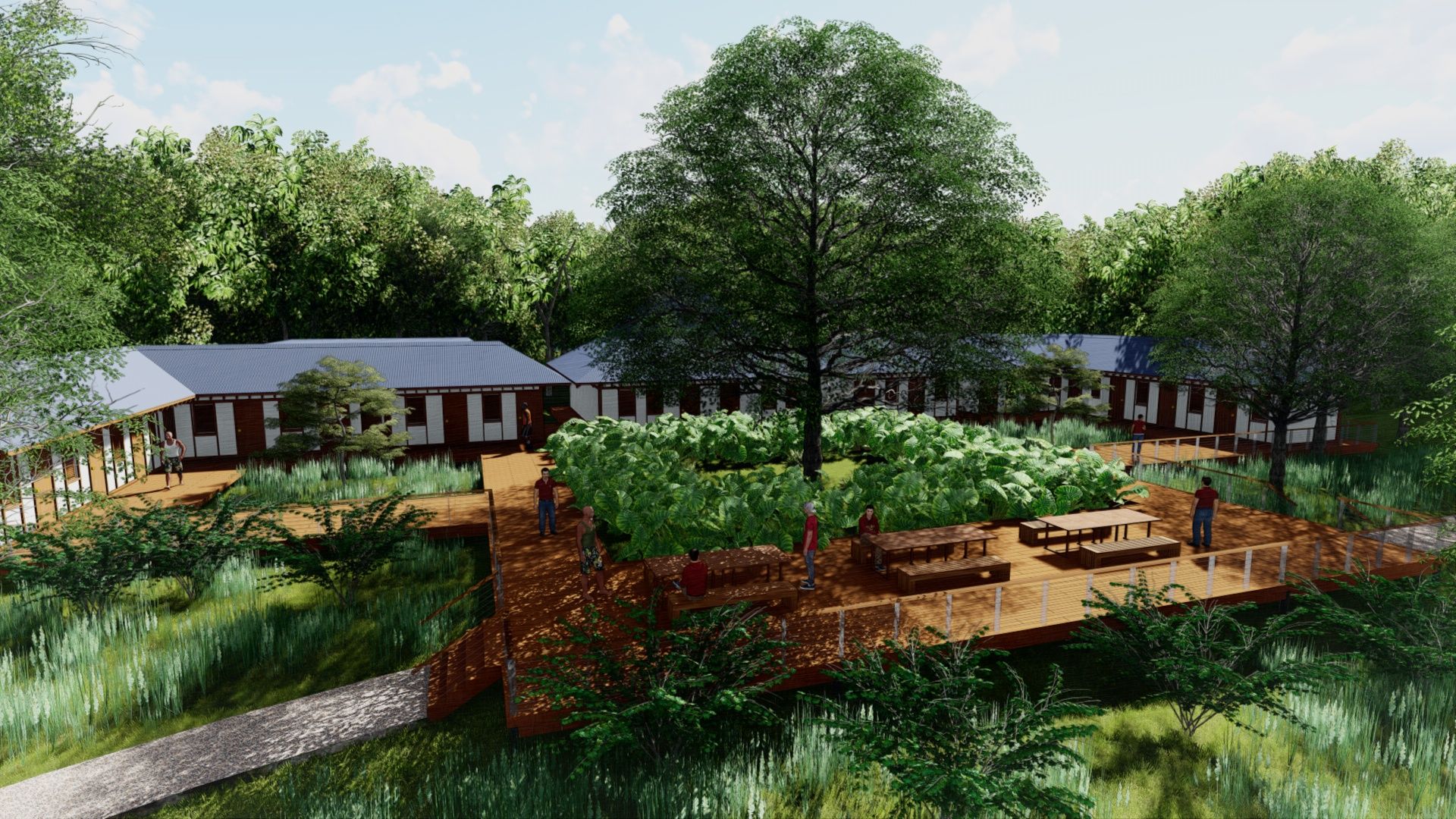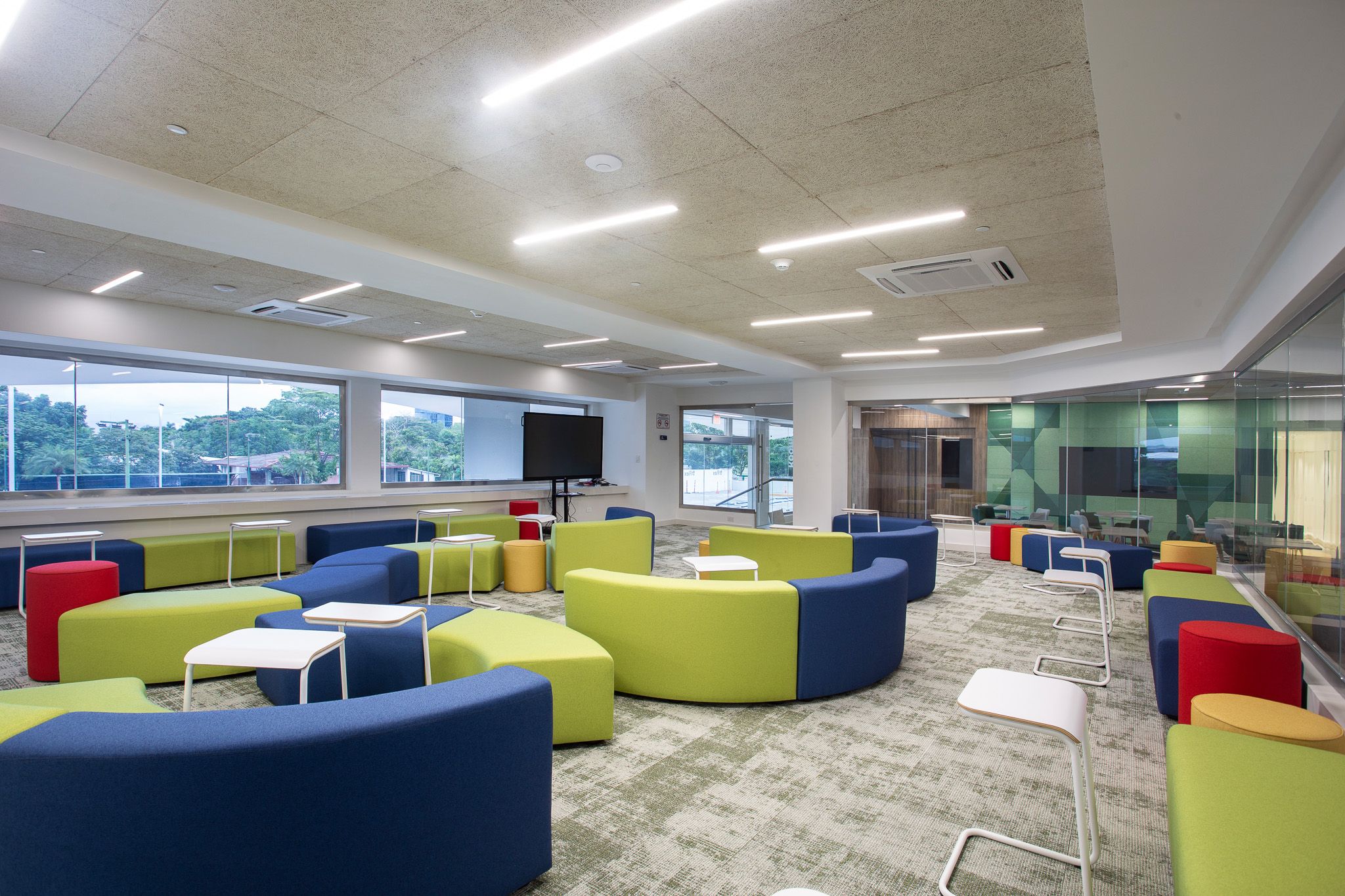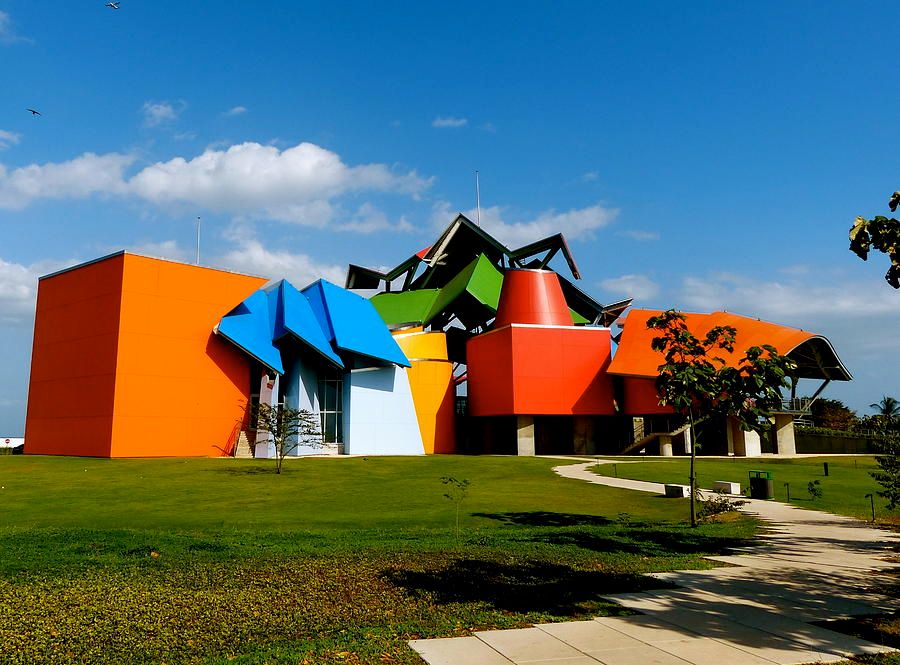Strategy for a Protected Paradise: Coiba National Park
An Island of Global Value
Coiba National Park is one of the most important natural sites in the world. Recognized by UNESCO as a World Heritage Site, Coiba is home to unparalleled marine and terrestrial biodiversity. Panama’s Ministry of Environment (MiAmbiente), aware of the ecological and touristic value of the area, commissioned DIAZ DIAZ to develop a conceptual plan that included site plans, design guidelines, and sustainable architectural proposals for three key locations on the island.
The objective was clear: to design a strategy that would protect the natural environment while also facilitating responsible access, learning, and enjoyment of the park. Every decision was made with the goal of preserving existing ecological systems and providing visitors with an educational and ecological experience.
Planning Across Three Key Zones
The project focused on three main areas: the Gambute Scientific Station, the historic zone of the former penal colony, and Playa Machete, each with specific proposals that combine architecture, conservation, and integration with the environment.
Gambute Station: Hub for Science and Visitors
At the existing scientific station, new visitor facilities were proposed, including educational functions, rest areas, and spaces for researchers. The aim was to enhance infrastructure without affecting the surrounding ecosystem by using previously developed zones. Paths, environmental interpretation areas, dry toilets, and shaded zones were designed using natural materials and low-impact construction techniques.
Penal Colony Ruins: Conservation and History
For decades, Coiba was home to a penal colony, and today its ruins are a historic site with great touristic potential. In this area, DIAZ DIAZ developed heritage preservation guidelines to protect existing structures. A system of elevated walkways and low-impact paths was proposed to allow visitors to appreciate the site without directly interfering with the ruins. The design incorporates interpretive signage and restoration strategies aligned with international standards.
Playa Machete: Housing for Park Rangers
Playa Machete hosts many of the park rangers responsible for Coiba’s protection. To improve their living and working conditions, the plan included new eco-friendly dormitories with cross-ventilation strategies, green roofs, and rainwater harvesting systems. Buildings are strategically located to minimize land impact and respect natural site dynamics.
Infrastructure Designed for the Future
One of the project’s major achievements was the proposal of a floating dock, designed to withstand marine conditions without damaging the coastline. This modular system is removable, adaptable, and easy to maintain. It significantly improves visitor access without compromising Coiba’s delicate coastal balance.
The entire plan was conceived to be modular and adaptable, enabling future development phases to be easily implemented. From paths to proposed tourist cabins, every component is scalable based on demand, always maintaining a low environmental impact.
Purpose-Driven Ecotourism
The project also includes the creation of eco-tourist cabins, designed for immersive nature experiences far from mass tourism. These units would be built with local materials, use solar energy, composting systems, and rainwater harvesting, reinforcing the park’s commitment to sustainable tourism.
This approach not only aims to attract conscious visitors but also to generate revenue that can be reinvested in conservation. Cabins would be located in carefully chosen areas to guarantee privacy, spectacular views, and minimal impact on local flora and fauna.

Biodiversity as a Design Guide
Coiba’s biodiversity was the starting point for each proposal. Endemic species,






